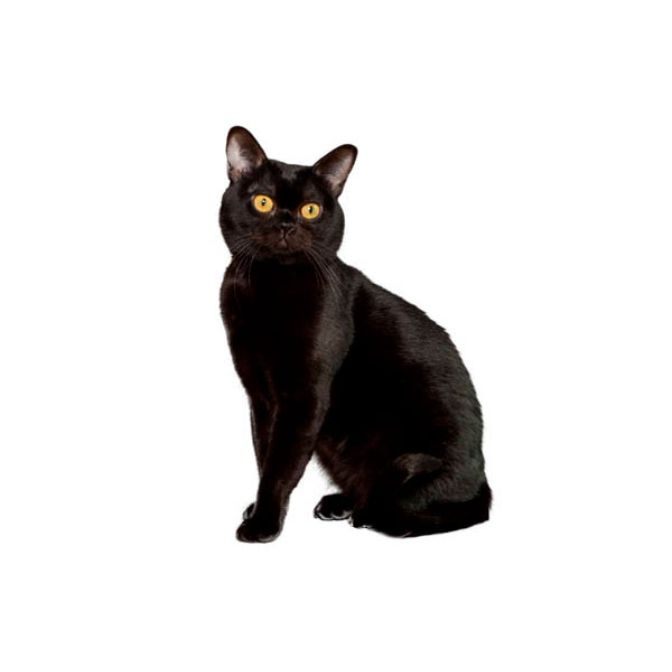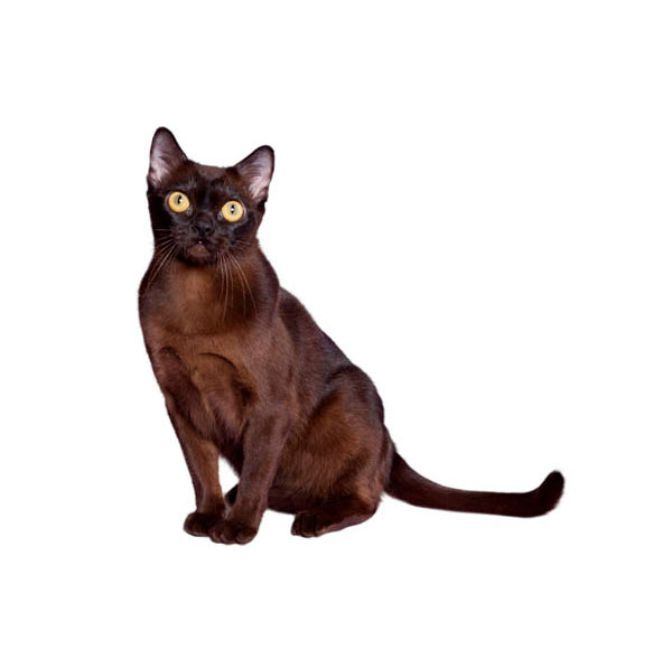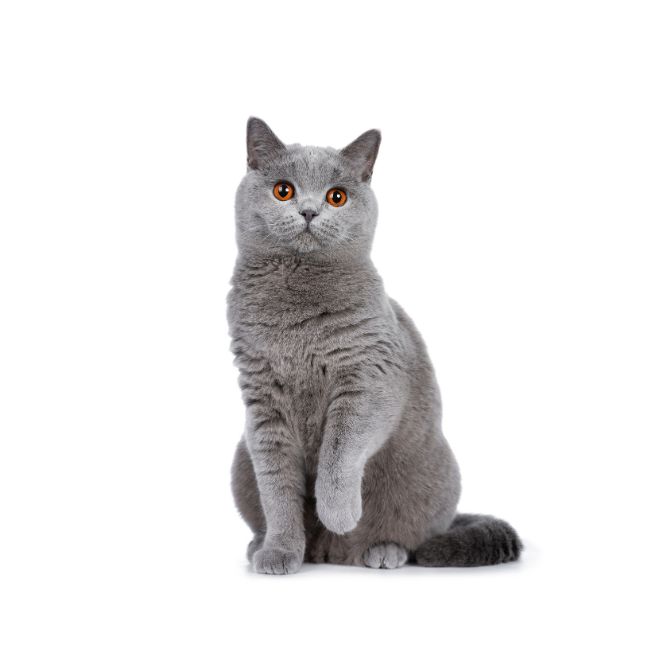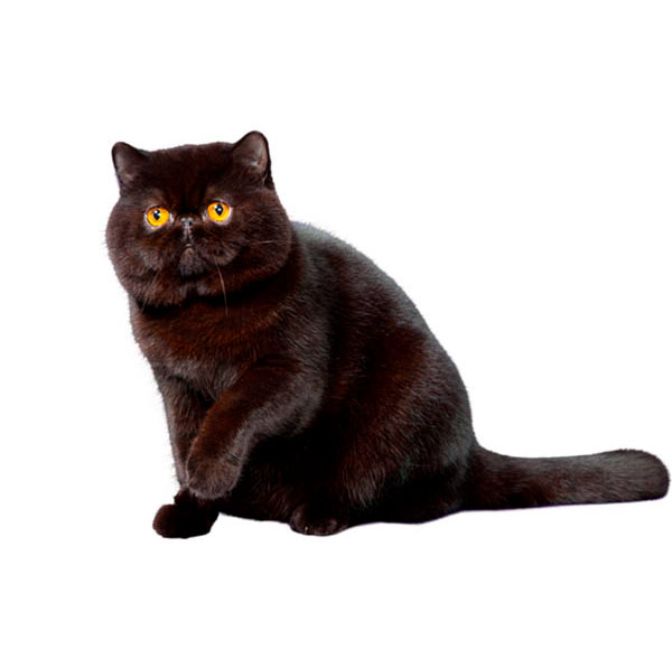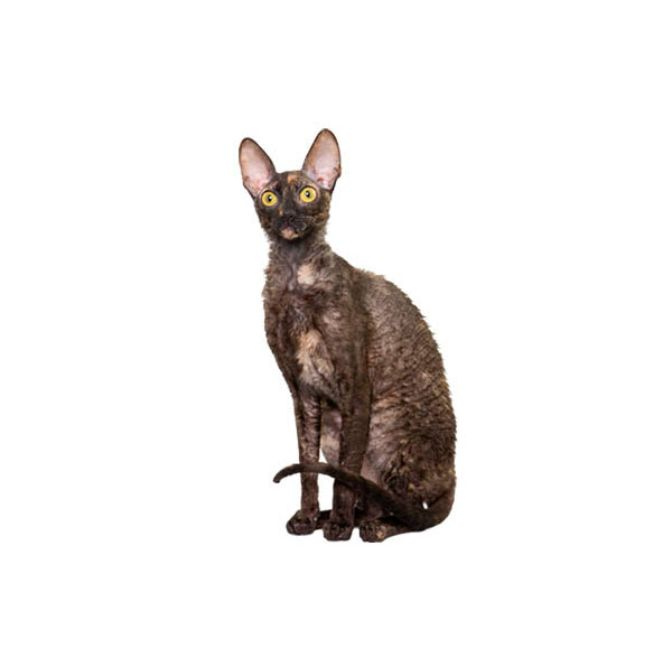Bombay
The Bombay is an easy-going, yet energetic cat. She does well in quiet apartments where she’s the center of attention as well as in lively homes with children and other pets. She’ll talk to you in a distinct voice, and you’re likely to find her in the warmest spot in your home, whether that’s in the sunlight from a window or curled up under the covers in bed with you.
Medium
Short
High
4 to 7 kg
Black
Bombays are smart and learn tricks quickly, so keep them entertained by teaching them new tricks and providing them interactive toys to play with.
There are two cats named 'Bombay', but the one recognised by the Governing Council of the Cat Fancy is a Black Self Asian. (The other version, which appears almost identical) was created in America in the 1950's, by crossing a Sable Burmese with Black American Shorthairs. The Bombay is a medium built cat, with a glossy, jet-black coat. The head has good width between the ears and a gently rounded dome. The jaw is wide at the hinge tapering to a broad blunt muzzle. In profile the head forms a short wedge with a firm chin and short nose. The chin and the tip of the nose are in the same vertical plane. The ears are of medium size with a rounded tip. They are set so as to continue the angle of the face and are slightly tilted forward. The beautiful copper/gold eyes are set well apart and are full and expressive. The body is firm and muscular with a strong straight back. The legs are of medium length and the hind legs are a little longer than the front. The paws are oval, and the tail is medium to long, tapering slightly to a rounded tip.
12 to 16 years
Bombays have a dramatic and deep black coat. The black coat is dominant, but occasionally a litter produces a sable-colored kitten, and some associations permit these kittens to be registered as Burmese. Bombay eye color ranges from gold to copper.
The tight-knit coat of Bombay cats means they shed very little. Regular petting and semi-weekly brushing removes loose hair and maintains the coat’s shine.
One genetic disease Bombay cats carry a risk for is a craniofacial defect sometimes seen in newborn kittens. Responsible breeders do their best to avoid breeding cats who carry the gene for this fatal defect, however. Bombays may also be more prone to hypertrophic cardiomyopathy, excessive tearing of the eyes and respiratory issues due to their flat facial structure.
Your Bombay has a denser build than most cats, and her black satin coat hides weight gain well, so it’s crucial to monitor her food intake. To help your Bombay kitty maintain a healthy weight, consider a weight management cat food formula.
Nikki Horner, a breeder from Louisville, KY, began developing the breed in the 1950s by crossing a sable Burmese with a black American Shorthair. The Cat Fanciers Association (CFA) recognized the Bombay in 1978 and it’s recognized by all cat associations today. Although outcrossing to black American Shorthairs and sable Burmese is still permitted, it’s done infrequently due to the breeds’ differences in body type.
The Bombay was bred to resemble the black leopard found in India. Horner named the breed for the exotic port city where this wild feline is found.
Many Bombays are entirely black, including their paw pads, which isn’t a common trait in other black cats.
